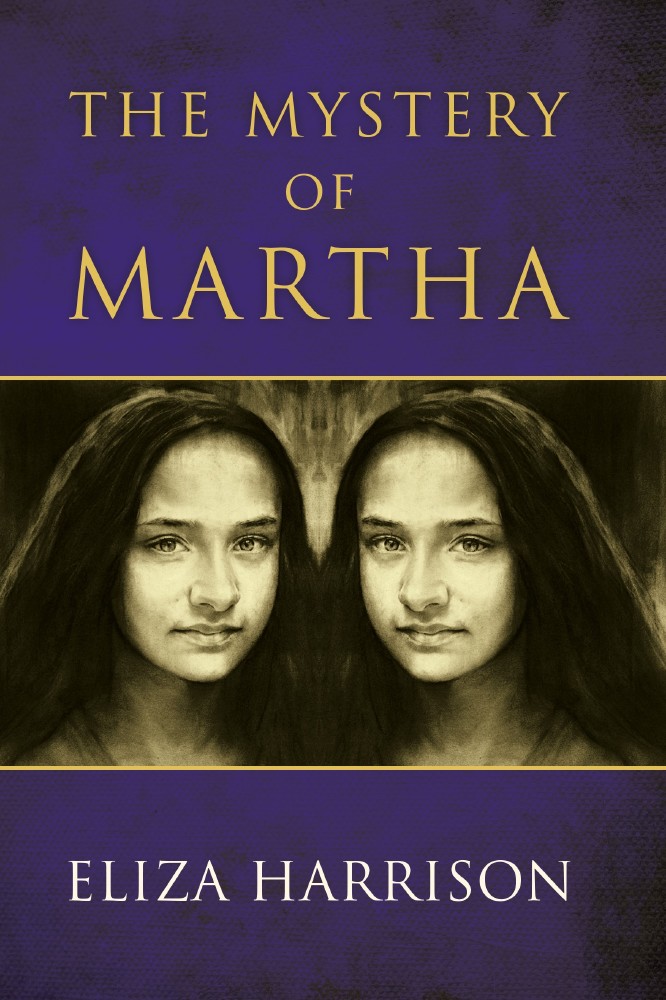During the 80s and 90s, with camera in hand, I accompanied hill farmers throughout the year in all weathers, recording whatever task they were undertaking. My aim was to peel back the layers of tourist veneer and discover what life was really like for those who live and work in the northern hills. So when writing The Mystery of Martha, a story of two Marthas who live two millennia apart, I chose to set the present day story in English Lake District with Martha married to a shepherd. Hence on the edge of Derwent Water, a haven of tranquillity and beauty, she begins her quest to find the truth of herself and the truth of love, which entails a trip to Palestine.

The Mystery of Martha
Martha of Bethany, the other protagonist, was one of Yeshua’s (Jesus’s) closest followers. Her home was an estate near Jerusalem, where she lived with her brother L’azar and sister Magdala. She witnessed first hand the events that led to Yeshua’s crucifixion and saw him embody the mystery and power of love, which inspired her own journey to awakening.
So when writing The Mystery of Martha, my research required spending time in Palestine and imagining what it was like two thousand years ago in comparison with how the present day Martha experiences it today.
The place in Bethany where Martha lived two thousand years ago has been a Christian shrine since the third century and is an oasis of peace and tranquillity. In the narrow streets of the Old City of Jerusalem, women still sit on the ground selling herbs and vegetables just as they would have done when Martha of Bethany bought provisions all that time ago. And on the shores of the Sea of Galilee, by the River Jordan, or sitting under the stars on the Mount of Olives, it is easy to imagine that past and present are one.
However, an eight metre high Separation Wall now crosses the Mount of Olives, so it is no longer possible to walk from Bethany to Jerusalem as Martha would have done. Armed soldiers are ever present on the streets of Jerusalem, reminding Palestinians that the possibility of arrest is never far away. And on Temple Mount, the most sacred shrine for Muslims where the magnificent Dome of the Rock now stands, Israeli soldiers make their presence clearly felt.
Yet this too has similarities with two thousand years ago as this country was then under Roman occupation and subject to its laws. Martha of Bethany would also have had to contend with armed soldiers on the streets and the possibility of arrest, just as Yeshua experienced himself.
So in each place I visited, I meditated, felt into the past and present, and imagined how the two Marthas might have responded to the different challenges they faced . . . and from this the book arose. It is a story of how two women used each situation to discover a deeper truth within themselves, which resulted in them both finding freedom and love.

